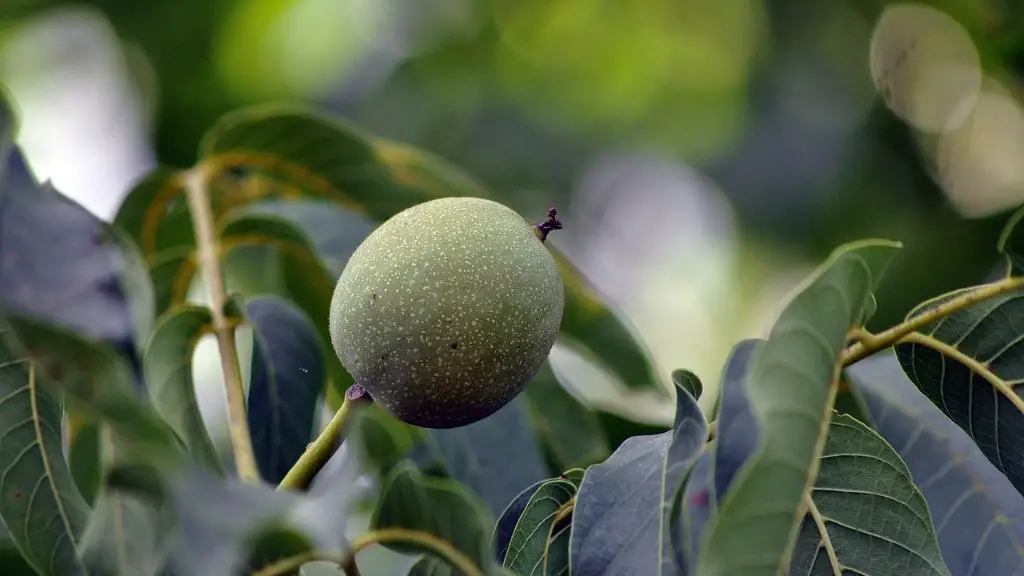Training apple tree branches can seem like a daunting task, but with some patience and careful planning, it can be done successfully. Firstly, it is important to select the branches you wish to train, based on the tree’s size, shape and the desired outcome. To do this, prune the tree, removing any diseased, damaged or weak branches. This will give your tree the best chance of thriving. Secondly, select the branches you want to train, tying them to a sturdy support such as a stake. Begin by tying the branches loosely and gradually reduce the size of the loop every few months. This will encourage the branches to grow in the desired shape.
Thirdly, it is important to water and fertilize the tree regularly, making sure it gets the nutrients it needs. Use mulch to stop weeds from growing and to keep soil temperatures consistent. Consider pruning again, a few months after tying the branches, to further shape the tree. This will help to give a neat, compact form. Finally, pay attention to the sunlight the tree is getting. Check that the branches are not shaded, as this can affect the tree’s growth and fruiting.
Pruning
Pruning should be carried out with extreme care to ensure the best results. Pruning is essential as it helps to remove dead, damaged and weak growth so that the tree can grow healthily. Begin by pruning all dead, weak and whitish shoots and then prune away any branches that are too close together and crossing over. Make sure to cut each branch at an angle and not too close to the trunk. To encourage strong, healthy growth, prune away any branches with narrow crotches, as these are more likely to break.
Tying
Once you have pruned the necessary branches, it is time to begin training them. Start by tying the branches to a stake, making sure the branches are not stretched too tightly. Make sure to use knotting rather than string so that the branches don’t damage the stake. Periodically check the ties and adjust the sizes of the loops gradually. This will help the tree grow into the desired shape and size.
Fertilizing
It is important to fertilize apple trees regularly in order to ensure the highest yields possible. The best time to fertilize is early in the spring before the tree starts to blossom. Make sure to use the correct amount of fertilizer for the size of the tree and the type of soil it is in. If the soil is sandy, use a high-nitrogen fertilizer and if the soil is heavy or clay, use a low-nitrogen fertilizer.
Mulching
Mulching is also important to help keep soil temperatures consistent and to prevent weeds from taking over. Mulch is a protective barrier and can be made from organic material such as leaves, grass clippings and bark. Spread the mulch around the base of the tree, making sure to leave a space between the tree trunk and the mulch. This will help to keep the tree healthy and encourage growth.
Protecting from Pests
Pests can be a major problem for apple trees, so it is important to protect them from these threats. Pesticides are available to control pests, but these should be used with caution, ensuring that the correct application technique is used. Trees can also be protected by encouraging beneficial insects, such as ladybugs and bees, which can help to keep pests at bay. It is also important to maintain cleanliness with surrounding weed control and branch maintenance.
Watering
Watering is essential to the health of any tree, but particularly apple trees. Apple trees should be watered deeply and thoroughly every couple of weeks, or more often during extremely hot and dry weather. If the soil around the apple tree is too dry, it will cause the tree to become stressed and the fruit will suffer. Pay attention to soil moisture levels to ensure the tree is getting enough but not too much water.

